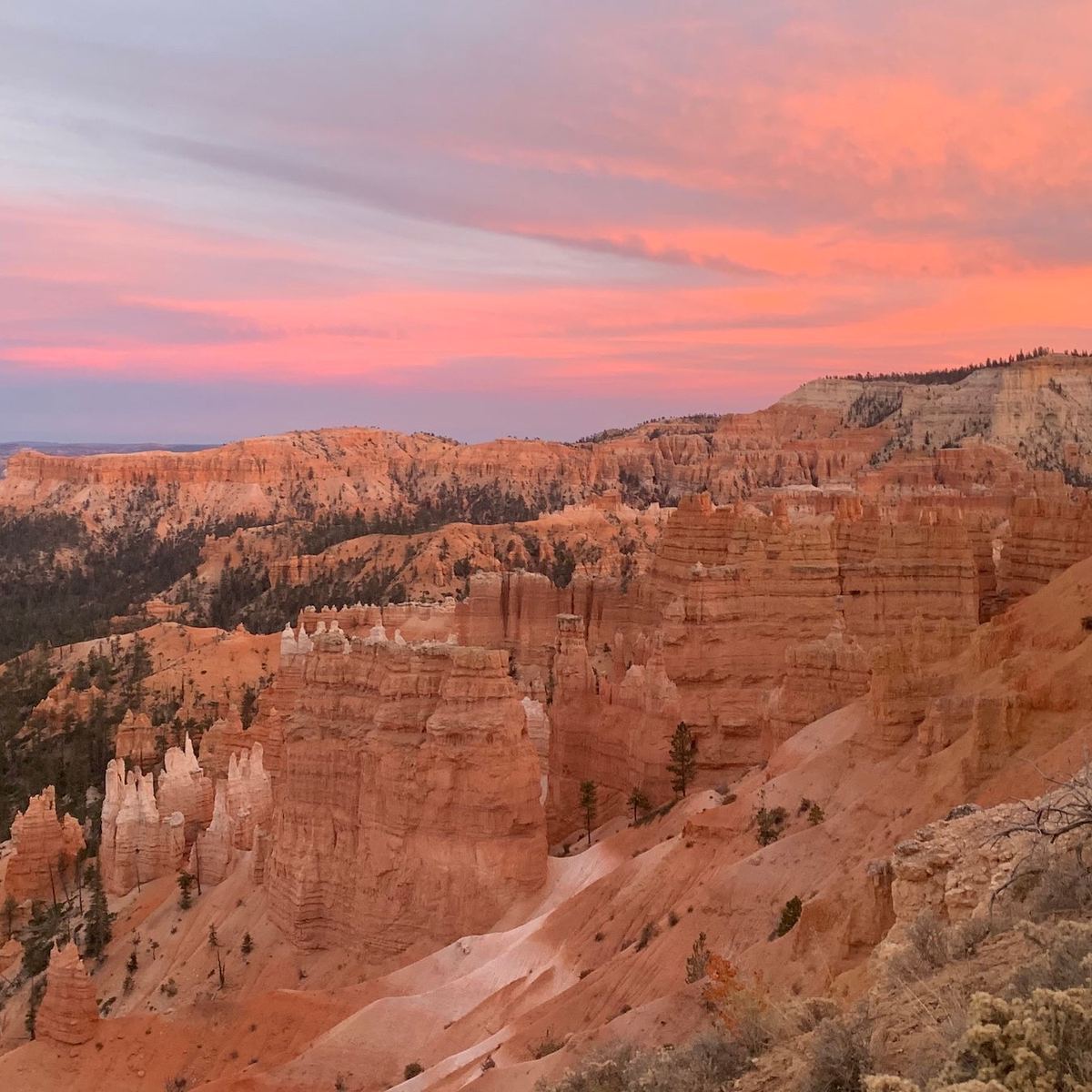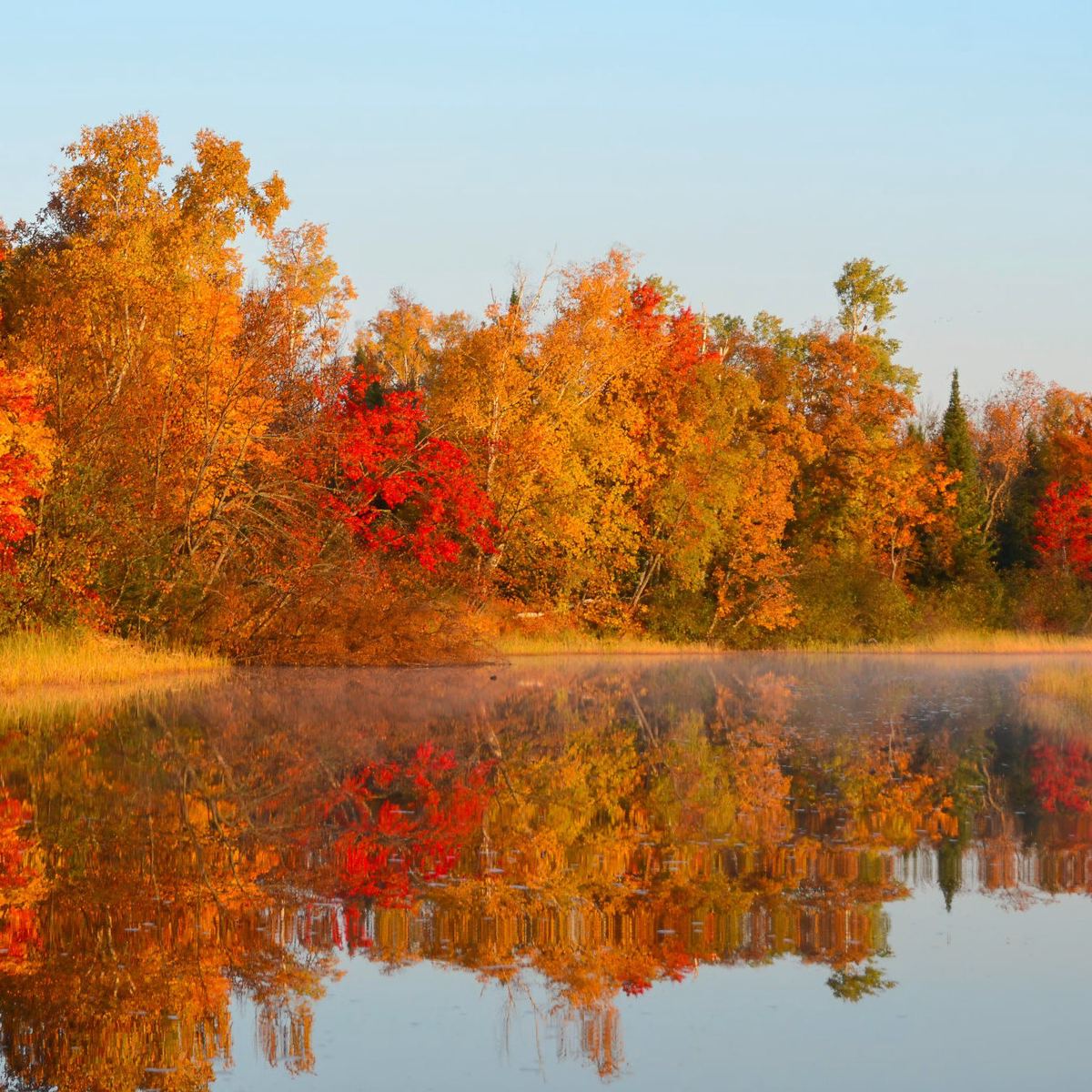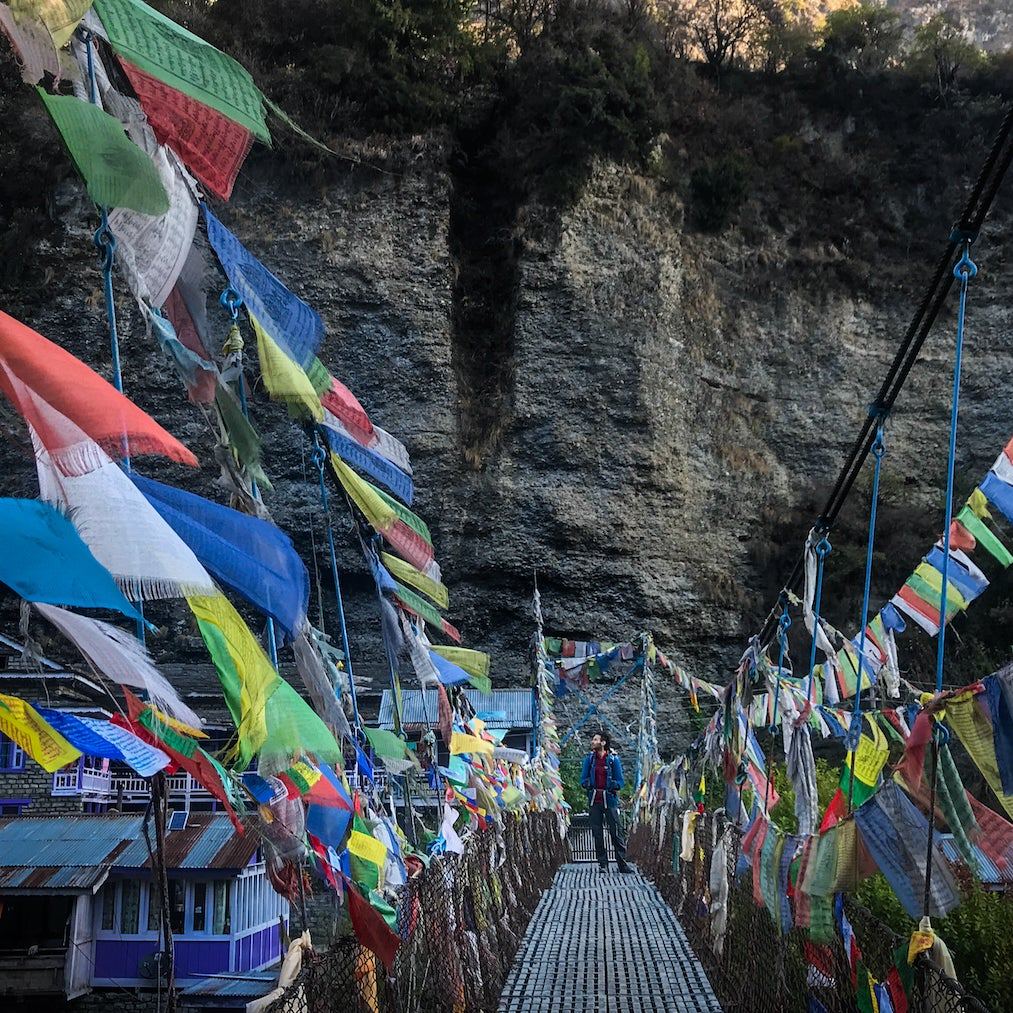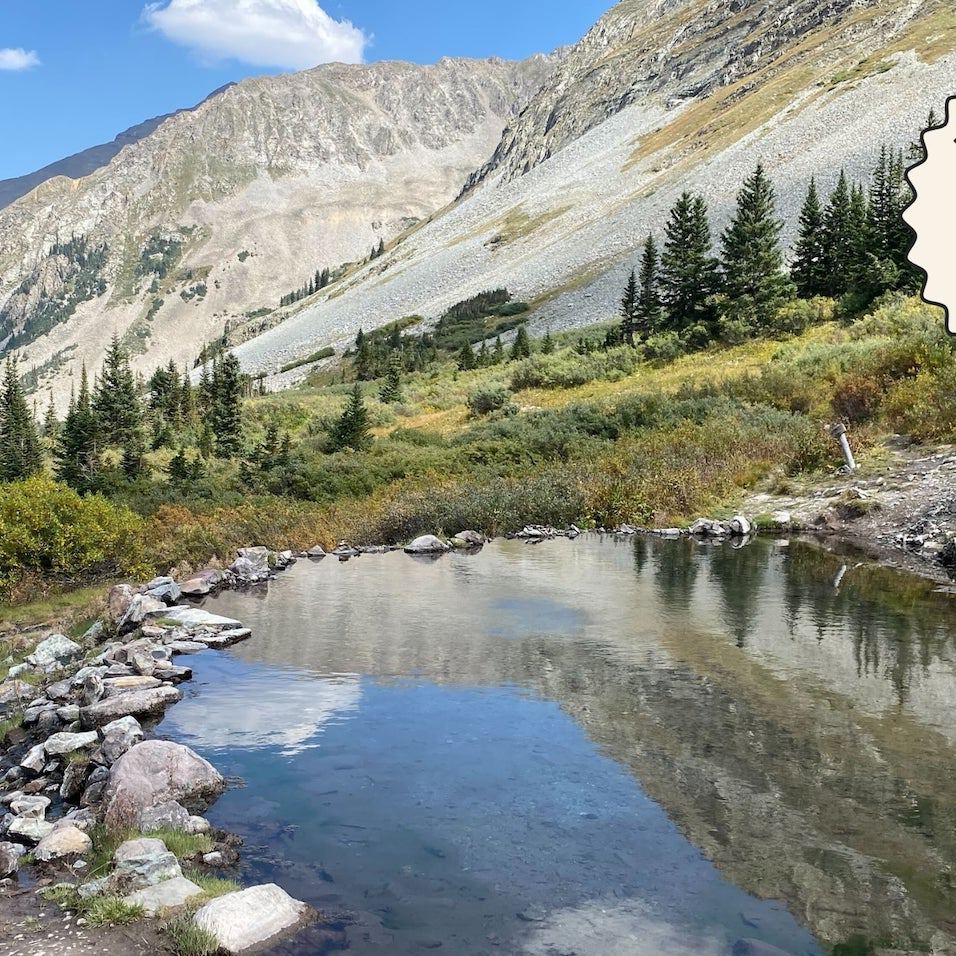See the Year’s Most Spectacular Meteor Showers and Eclipses from These 5 Trails
See the Year’s Most Spectacular Meteor Showers and Eclipses from These 5 Trails
Don't fight light pollution to see the best shows our universe can produce. Feel the awe of the night on these dark sky backpacking trails.
Heading out the door? Read this article on the new Outside+ app available now on iOS devices for members! Download the app.
2024 was a banner year when it came to celestial activity, from the total solar eclipse to the strongly visible aurora borealis in lower latitudes. If you missed out on any of last year’s astronomical events, 2025 is slated to be an equally exciting year. Don’t settle to watch meteor showers, eclipses, and more from a light-polluted park nearby. Make a trip to these protected dark sky backpacking trails and have the clearest night skies all to yourself.
Alignment of 7 Planets on February 28
Cottonwood-Marble Canyon Loop, Death Valley National Park
On January 21, there were six planets simultaneously visible in the night sky. But this month, we’re topping that with every planet in our solar system in view at the same time. As soon as the sun sets on February 28, look to the sky and five planets—Saturn, Mercury, Venus, Jupiter, and Mars—will soon appear easily to the naked eye. (Two more, Uranus and Neptune, are also out, but will require a telescope.) The best time to start looking is immediately after sunset. The planets will appear within the glow of dusk and appear brighter as the sky darkens. Typically Mercury is too low in the horizon to see, so what makes this event so special is that it’s finally visible. The completely dark Cottonwood-Marble Canyon Loop trail is the best place to see it all. For your best shot at seeing all the planets, take in the views from the saddle above the canyon walls, 11 miles into the hike. Backcountry permits for in-park camping are available here.
Blood Moon on March 14
Broken Top Loop, Deschutes National Forest
On March 14, between 11:26 p.m. to 12:31 a.m. PDT, the earth will completely intercept the sun’s light from reaching the moon in a total lunar eclipse. At the same time, we’ll experience a “Blood Moon” effect, when the moon glows a deep red color. That’s because Earth’s atmosphere will refract some sunlight during this eclipse, and as it filters out blue light, only red light reaches the moon. Globally, the best views of this will be in North and South America. Backpackers should take it in from this trail 15 miles south of Sisters, Oregon, which became a designated International Dark Sky Community earlier this year. There are plenty of camping options along this loop, so you won’t have an issue finding a place to set up at night. Also, peak season for this trail begins just a couple weeks later in April, so you may well have this trail to yourself. Between June 15 and October 15, you’ll need a permit to hike this trail overnight, but during the Blood Moon, you’re in the clear.
If you missed the moon, the trail also hugs the base of the glacier-carved Broken Top, and just past No Name Lake (really the name), so you’ll get a worth-the-trip-alone view of the Three Sisters, Mt. Hood, and Mt. Adams no matter what. Tip: If you hike counter-clockwise, you avoid miles of steep incline toward the end of the hike.
Partial Solar Eclipse on March 29
Katahdin Woods and Waters Loop, Katahdin Woods and Waters National Monument
Did you get a chance to see the total solar eclipse in April 2024? If you live in the Northeast, you can relive some of the glory on March 29. Just before 6:30 a.m. EDT, the moon will pass between the earth and the sun and create a partial solar eclipse. Although it’s strongest in Europe and Africa, the northeastern parts of the U.S. have a good chance to see our partially-eclipsed star just over the horizon at dawn. Wake up early on this loop trail in northern Maine for your best chance in the U.S. to see the moon obscure 80 percent of the sun. This International Dark Sky Sanctuary also has protected skies that will offer world-class stargazing before sunrise. Note for winter hikers: Katahdin Loop Road is gated and inaccessible in winter (typically between Veteran’s Day and Memorial Day); hikers need to walk in 10 miles before starting the 17-mile loop. Just interested in a day trip? The north end of the national monument is open in the winter, and has the same dark-sky winter wonderland as the Loop.
Eta Aquariid Meteor Shower Peak on May 5
Emory Peak via South Rim Trail and Boot Springs Trail, Big Bend National Park
Although the southern hemisphere is the best place to be for the Eta Aquariid, the meteors are visible up to around 40°N latitude, the horizontal line that roughly divides the continental U.S. into northern and southern halves and notably marks the boundary between the Kansas and Nebraska state lines. That being said, the farther south you go, the more celestial activity you’ll likely see. The Eta Aquariids are space debris left behind from the famous Halley’s Comet, and they’re known for their speed. The meteors soar at 40.7 miles per second into the earth’s atmosphere. Although this meteor shower runs between April 15 and May 27, the peak is expected to occur between 2 a.m. and dawn on May 5. Dark skies are crucial, so you don’t miss them as they blaze past. Plan your meteor shower viewing party for Big Bend National Park, a designated Dark Sky Park. This May, set up camp along this trail for a celestial spectacle all to yourself. Overnight permit information available here.
Want to take pictures of the trail? Here are our tips for dark-sky photography.
Taurid Swarm on November 5
Fish and Owl Canyons, Bears Ears National Monument
Every year, between September and November, our planet passes through debris left by the Comet Encke. Depending on the year, each night could bring a show of fireball after fireball, or just a couple weak whispers of a meteor. This year is special, though — there’s a “Taurid swarm,” meaning you’ll catch more, brighter meteors scraping the night sky. The meteor showers have two streams, the South Taurids and North Taurids, and both hit their peak on midnight November 5. According to NASA, you should start looking right after midnight, when Taurus is high in the sky. Typically, a dark sky is best because it highlights even the faintest meteors. Problem: On November 5, there’s also a full moon—the biggest full moon in the year, actually—that will brighten the sky. Adjust by setting yourself up in an area surrounded by trees, rocks, and canyon walls, in order to block the moonlight from your vision.
These canyons in the southeastern corner of Bears Ears National Monument will do the trick. In the day, these trails are an adventure of bright red cliffs, towers, and natural arches, but at night, the exceptionally dark skies make way for the meteor show. There are no maintained trails in this area, so bring both a downloaded and paper map. Get a permit to hike in this canyon here.
From 2025








